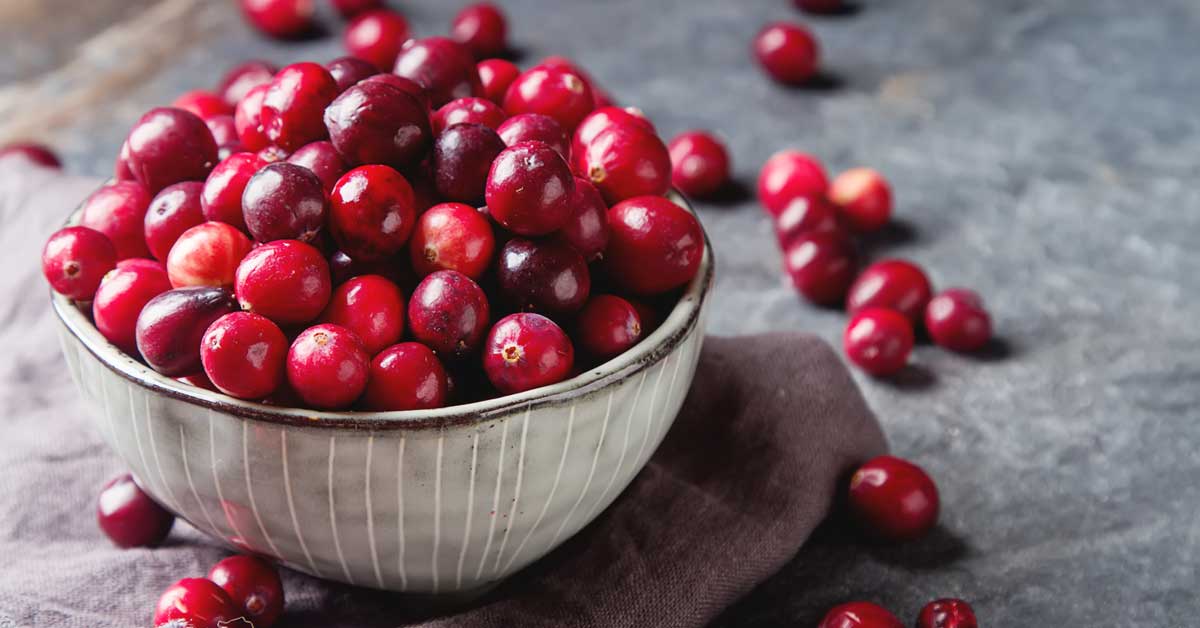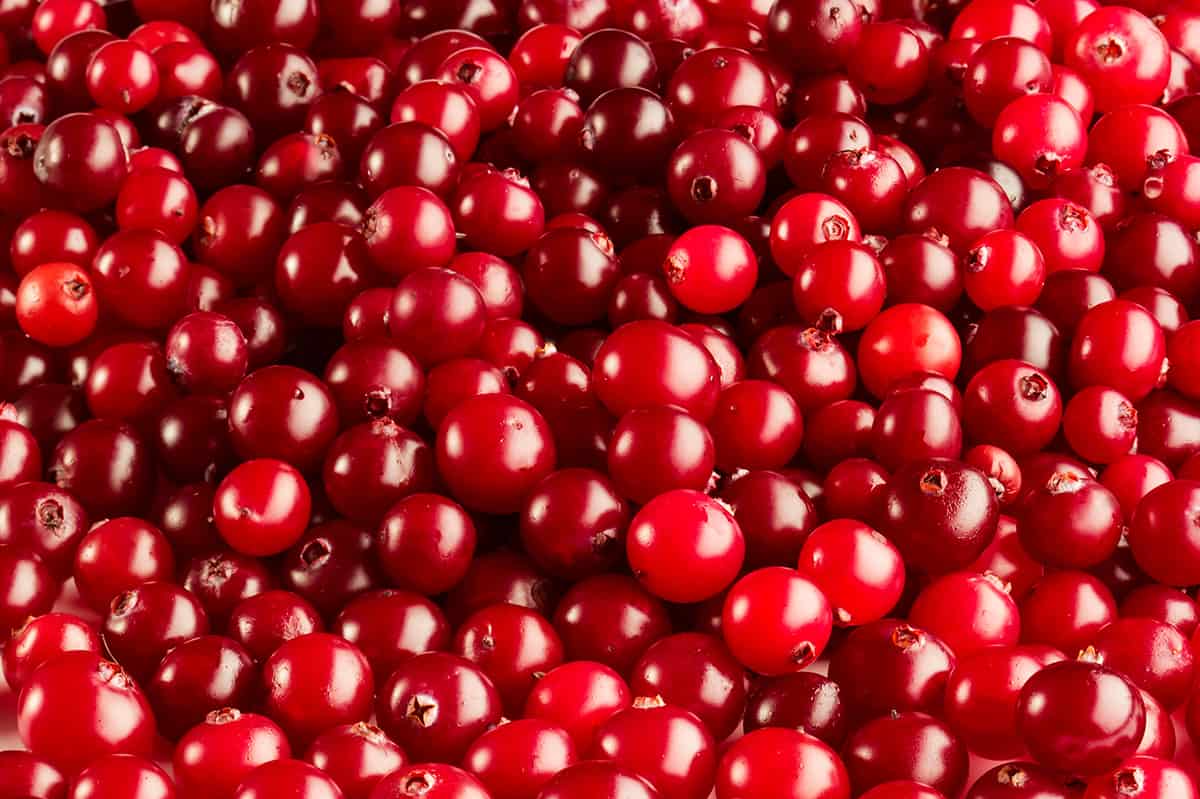Deep within the wetlands of North America, a fascinating world of tiny creatures thrives in harmony with cranberry crops. Cranberry field spiders, often overlooked in their natural habitat, play an indispensable role in maintaining the health of cranberry bogs. Unlike many spiders that rely on intricate webs to catch prey, these little hunters actively pursue their meals, feasting on insects that threaten cranberry yields. Their contribution to pest control is vital for farmers, who sometimes encourage their presence as a natural alternative to chemical pesticides.
These spiders are more than just small arachnids—they are key players in the balance of cranberry ecosystems. Cranberry bogs, with their acidic peaty soils and occasional flooding, create a unique environment where cranberry field spiders thrive. Farmers have learned to appreciate the role these spiders play in ensuring bountiful harvests, reducing the need for costly pest management techniques. Yet, the story of cranberry field spiders is one that deserves more attention, as these creatures quietly work to protect one of North America's most beloved crops.
Learning about cranberry field spiders means discovering a world of natural pest control and biodiversity. Their presence in cranberry bogs is not just beneficial for farmers but also for the environment as a whole. In some regions, farmers even introduce certain spider species, like wolf spiders, to help manage crop-threatening insects. This practice highlights the importance of understanding the role these tiny creatures play in the ecosystem. So, let’s dig deeper into the lives of these fascinating arachnids and see how they contribute to the success of cranberry farming.
Table of Contents
- What Are Cranberry Field Spiders?
- Where Do Cranberry Field Spiders Live?
- How Do Cranberry Field Spiders Help Farmers?
- Why Are Cranberry Field Spiders Important for Biodiversity?
- Common Questions About Cranberry Field Spiders
- Are Cranberry Field Spiders Dangerous?
- How Do Cranberry Field Spiders Adapt to Their Environment?
- Can Cranberry Field Spiders Coexist with Humans?
What Are Cranberry Field Spiders?
Cranberry field spiders are a group of arachnids that inhabit cranberry bogs, thriving in the wet, acidic conditions these environments provide. These spiders, which are usually around the size of a penny, are often referred to as bog spiders. Unlike many other spiders, cranberry field spiders don’t rely on webs to catch their prey. Instead, they actively hunt insects that could harm cranberry plants, making them essential allies for farmers. Their small size and active hunting style make them quite unique among spider species.
Where Do Cranberry Field Spiders Live?
Cranberry bogs, which are specialized wetlands found in North America, serve as the natural habitat for cranberry field spiders. These areas combine acidic peaty soils with occasional flooding, creating the perfect environment for cranberry plants—and their spider protectors. You might find these spiders in fields, marshes, and other damp, grassy areas. Their adaptability to such conditions allows them to thrive in environments that many other creatures might find challenging.
Interestingly, cranberry field spiders are quite versatile. They can often be found near cranberry plants, where they hunt for insects. In some cases, farmers actively encourage their presence by creating conditions that are favorable for these spiders. This practice helps reduce the need for chemical pesticides, making cranberry farming more sustainable.
How Do Cranberry Field Spiders Help Farmers?
One of the most significant roles cranberry field spiders play is as natural pest controllers. By preying on insects that threaten cranberry crops, these spiders help ensure a bountiful harvest. Farmers in Massachusetts, for example, have learned to appreciate the benefits of having these spiders around. Instead of relying on chemicals, they encourage the presence of wolf spiders and other species to manage pest populations. This approach not only protects the cranberry plants but also helps maintain the overall health of the ecosystem.
For instance, wolf spiders, which are common in cranberry bogs, are skilled hunters that can catch insects much larger than themselves. Their ability to adapt to various prey makes them invaluable for controlling crop-threatening pests. Farmers who adopt this natural pest control method often find that their cranberry yields improve, and the environment benefits from reduced chemical use.
Why Are Cranberry Field Spiders Important for Biodiversity?
Besides helping farmers, cranberry field spiders contribute to the biodiversity of cranberry bogs. By controlling insect populations, they help maintain a balance that supports other plant and animal species. The presence of these spiders ensures that cranberry bogs remain healthy ecosystems, capable of sustaining a wide range of life forms. This biodiversity is crucial for the long-term health of wetland environments.
In some respects, cranberry field spiders act as natural regulators within their habitats. Their hunting habits prevent any single insect species from dominating the ecosystem, which could disrupt the balance. This role is especially important in cranberry bogs, where maintaining a diverse range of species helps ensure the resilience of the entire ecosystem.
Common Questions About Cranberry Field Spiders
Are Cranberry Field Spiders Dangerous?
Despite their reputation, cranberry field spiders are not dangerous to humans. In fact, they are quite harmless and generally avoid contact with people. Most species found in cranberry bogs, such as wolf spiders, are non-venomous and pose no threat to humans. Their focus is on hunting insects that could harm cranberry plants, so they are unlikely to bother anyone unless provoked.
So, if you happen to come across a cranberry field spider in the wild, there’s no need to worry. These creatures are more interested in their insect prey than in interacting with humans. Plus, their contribution to pest control makes them beneficial allies in the fight against crop-damaging insects.
How Do Cranberry Field Spiders Adapt to Their Environment?
Adaptation is key to the survival of cranberry field spiders in their wetland habitats. These spiders have developed unique features that allow them to thrive in environments that might be challenging for other creatures. For example, their small size and agile movements make them excellent hunters, capable of catching insects even in damp, grassy conditions. Additionally, some species, like wolf spiders, have developed swimming abilities, enabling them to navigate flooded areas.
By the way, cranberry field spiders also tend to have distinctive coloring that helps them blend into their surroundings. This camouflage protects them from predators while allowing them to sneak up on their prey. Their adaptability to the cranberry bog environment is one of the reasons they are so effective at controlling insect populations.
Can Cranberry Field Spiders Coexist with Humans?
While some people might be a little uneasy around spiders, cranberry field spiders generally coexist peacefully with humans. They prefer to stay outdoors, where they can hunt insects and contribute to the health of cranberry bogs. In fact, their presence in these environments is often beneficial, as they help control pest populations that could otherwise damage crops.
For instance, farmers who encourage the presence of cranberry field spiders often find that their crops benefit from the natural pest control these spiders provide. This mutual benefit highlights the importance of understanding and appreciating the role these creatures play in maintaining healthy ecosystems. So, rather than fearing spiders, it might be worth recognizing their value and learning to live alongside them.
Finally, understanding the lives of cranberry field spiders offers insight into the intricate balance of wetland ecosystems. Their role as natural pest controllers and contributors to biodiversity makes them essential allies for farmers and environmentalists alike. By learning more about these fascinating creatures, we can better appreciate the interconnectedness of all life forms and the importance of preserving natural habitats like cranberry bogs.


:strip_icc()/bhg-cranberry-GettyImages-643133900-e79235fc03234d77b26e5c9055d9b542.jpg)
